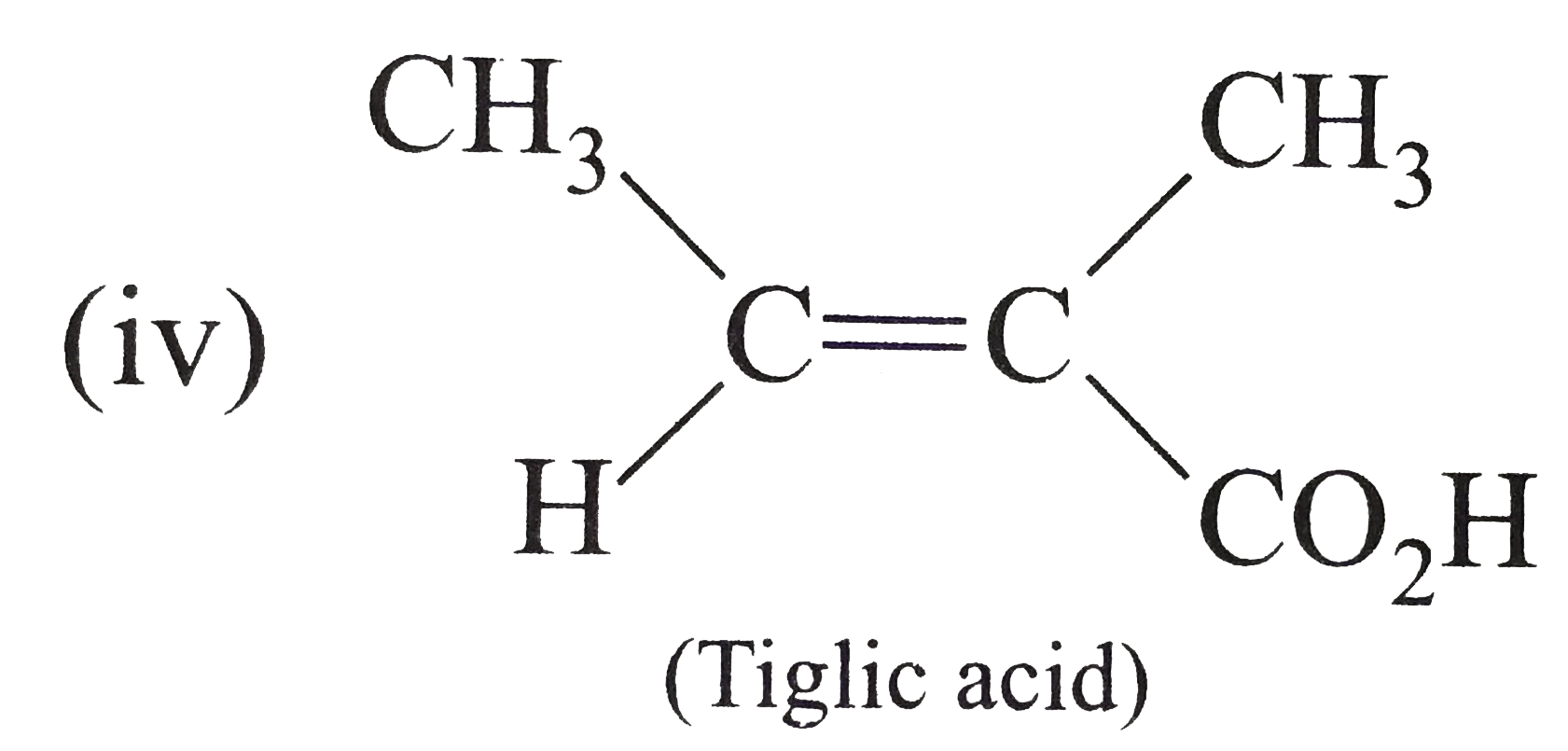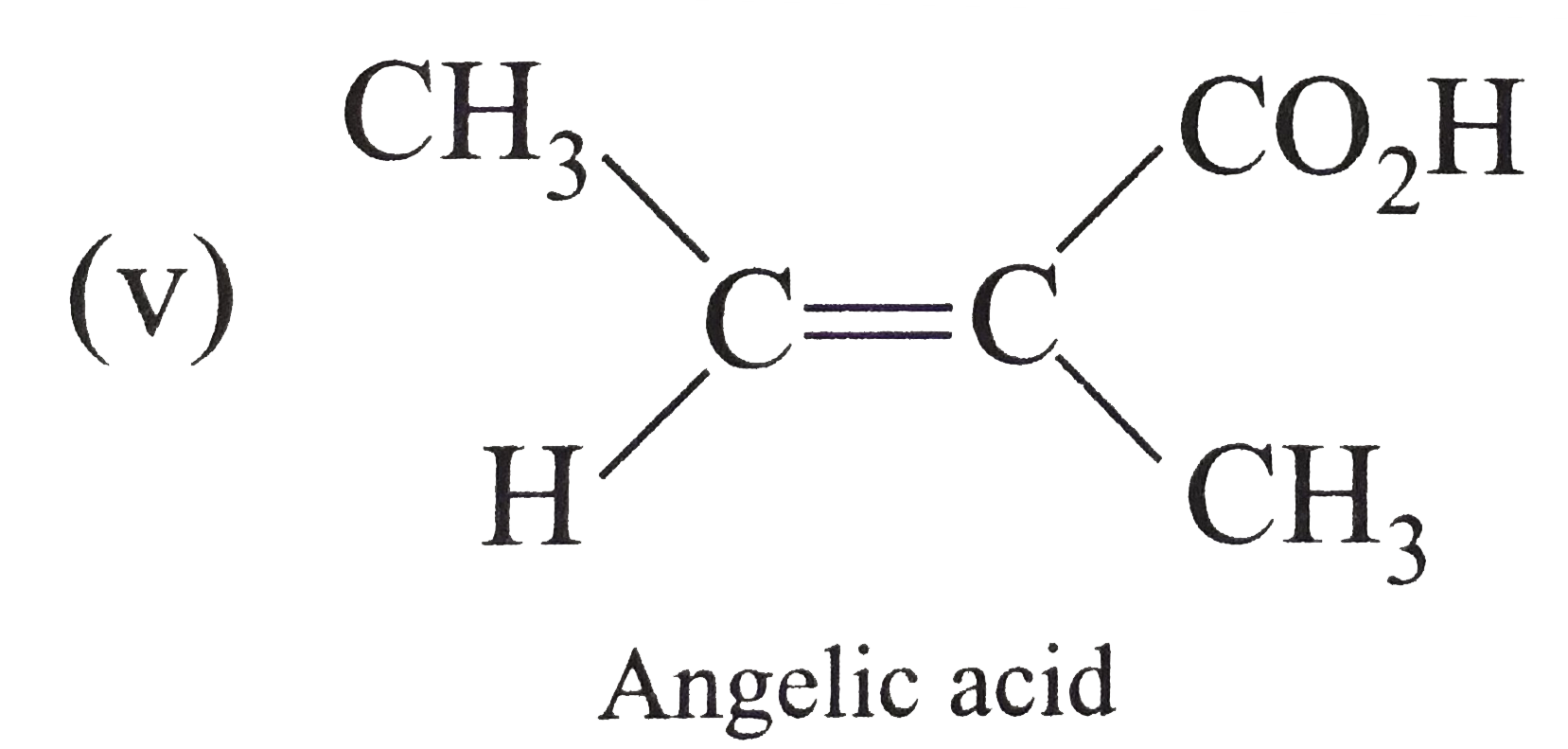For the following acids
(CH3)3CH2CO2H
(CH3)3N+CH2CO2H
CH3COOH
pKa value will be in order
I>II>III
I<II<III
I>III>II
II>III>I
The correct Answer is:A
To determine the order of pKa values for the given acids, we need to analyze the structure and acidity of each compound. The lower the pKa value, the stronger the acid. Let's break down the given acids step by step.
Step 1: Identify the Acids
The acids given are:
1. (CH₃)₃CCH₂CO₂H (tert-butylacetic acid)
2. (CH₃)₃N⁺CH₂CO₂H (N,N-dimethylaminoacetic acid)
3. CH₃COOH (acetic acid)
Step 2: Analyze Acidity
- Acetic Acid (CH₃COOH): This is a simple carboxylic acid. It has a pKa around 4.76. It is a weak acid but is more acidic than the others due to the lack of electron-donating groups that would destabilize the carboxylate ion formed upon deprotonation.
- N,N-dimethylaminoacetic Acid ((CH₃)₃N⁺CH₂CO₂H): This compound has a positively charged nitrogen. The presence of the positive charge can stabilize the conjugate base formed after deprotonation, making it more acidic than acetic acid. The pKa is expected to be lower than that of acetic acid.
- tert-butylacetic Acid ((CH₃)₃CCH₂CO₂H): This acid has three bulky alkyl groups (tert-butyl groups) attached to the carbon adjacent to the carboxylic acid. Alkyl groups are electron-donating, which destabilizes the negative charge on the conjugate base after deprotonation. Therefore, this acid is expected to be the least acidic among the three.
Step 3: Order of Acidity
Based on the analysis:
- Most acidic: N,N-dimethylaminoacetic acid (pKa < 4.76)
- Moderately acidic: Acetic acid (pKa ≈ 4.76)
- Least acidic: tert-butylacetic acid (pKa > 4.76)
Conclusion
The order of pKa values from lowest to highest is:
1. (CH₃)₃N⁺CH₂CO₂H (lowest pKa)
2. CH₃COOH (middle pKa)
3. (CH₃)₃CCH₂CO₂H (highest pKa)
Final Answer
The order of pKa values will be:
(CH₃)₃N⁺CH₂CO₂H < CH₃COOH < (CH₃)₃CCH₂CO₂H
---
The acids given are:
1. (CH₃)₃CCH₂CO₂H (tert-butylacetic acid)
2. (CH₃)₃N⁺CH₂CO₂H (N,N-dimethylaminoacetic acid)
3. CH₃COOH (acetic acid)
- Acetic Acid (CH₃COOH): This is a simple carboxylic acid. It has a pKa around 4.76. It is a weak acid but is more acidic than the others due to the lack of electron-donating groups that would destabilize the carboxylate ion formed upon deprotonation.
Based on the analysis:
- Most acidic: N,N-dimethylaminoacetic acid (pKa < 4.76)
- Moderately acidic: Acetic acid (pKa ≈ 4.76)
- Least acidic: tert-butylacetic acid (pKa > 4.76)
The order of pKa values from lowest to highest is:
1. (CH₃)₃N⁺CH₂CO₂H (lowest pKa)
2. CH₃COOH (middle pKa)
3. (CH₃)₃CCH₂CO₂H (highest pKa)
The order of pKa values will be:
(CH₃)₃N⁺CH₂CO₂H < CH₃COOH < (CH₃)₃CCH₂CO₂H
Similar Questions
Give the IUPAC names of the following:
(i) CH3CH=CHCH2CO2H
(ii) CH3CH=CHCH2CH2CO2H
(iii) CH3CH=CHCH∣CH3CO2H
(iv)
(v)
Strategy: Carboxylic acids with double bonds are alkenoic acids with the carboxyl C atom numbered as carbon number 1.View SolutionWrite the IUPAC names of the following compounds:
(i) (CH3)2CHCH2CH3
(ii) (C2H5)2CHCH2CH3
(iii) (CH3)2−C∣CH3−COOHView Solution
Knowledge Check
- Question 1 - Select One
Consider the following alkyl halides
1. (CH3)3CCH2Br
2. ClCH2CH=CH2
3. ClCH2CH2CH3
4. BrCH2CH2CH3
Arrange these alkyl halides in decreasing order of reactivity in Williamson reaction.A2>1>3>4B2>1>4>3C1>2>3>4D2>4>3>1 - Question 2 - Select One
For the following acids
(CH3)3CCH2CO2H(I) (CH3)3⊕NCH2CO2H(II) CH3COOH(III)
pKa value will be in orderAI>II>IIIBI<II<IIICI>III>IIDII>III>I - Question 3 - Select One
The increasing basicity order of the following compounds is :
(a)CH3CH2CH2 (B)CH3CH2CH2CH3∣NH
H3C−CH3∣N−CH3 Ph−CH3∣N−HA(A) lt (B) lt (D) lt (C )B(A) lt (B) lt (C ) lt (D)C(D) lt (C ) lt (A) lt (B)D(D) lt (C ) lt (B) lt (A)
Explain the following :
(a) In gaseous phase, the acidic characters of the following are :
(i) CH3CH2COOH(I)>CH3COOH(II)
(ii) ClCH2COOH(III)>FCH2COOH(IV)
(iii) Me3C−OH(V)>MeCH2CH2CH2OH(VI).
(b) Account for the following differences in the acidic characters of the following :
(i) (I)Me3C−CH2−COOH>(II)Me3SICH2COOH
(ii) (III)H2C=CHCH2COOH>(IV)CH3CH2COOH
(iii) (V)HC≡C−CH2COOH(pKa3.22)>(VI)H2C=CHCH2COOH(pKa=4.35)
(iv) CH3−C∣∣O−CH2−COOH>
(v) (IX)N≡C−CH2COOH>(X)CH3COCH2−COOH
(vi) (XI)PhCh2COOH>(XII)CH2=CHCH2COOH.View SolutionWrite the IUPAC names of?
a) CH3−CH2−CH2−COOH
b) CH3−CH2−CH2−CO−CH3View SolutionName the functional groups present in the following compounds:
(i) CH3−CH2−CH2−OH
(ii) CH3−CH2−CH2−COOH
(iii) CH3−CH2−CHO
(iv) CH3−CO−CH2−CH3View SolutionWrite the IUPAC names of the following :
(i)CH3CH=CHCOOH (ii)CH3CH2CH2COOH (iii)C6H5CH2COOH (iv)(CH3)3CCOOH (v)CH3CH2COCH2COOH(vi)(CH3)3CCH2COOH <br> (vii)CH3−C∣OHH−CH2COOHView SolutionWhich of the following is a/are strong acids HNO3,HCl,CH3COOH,H2CO3
View Solution

